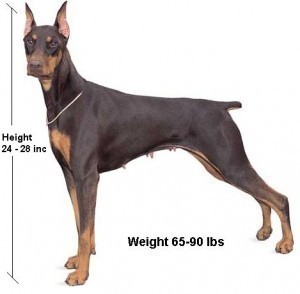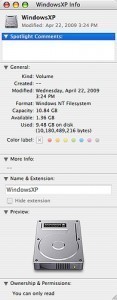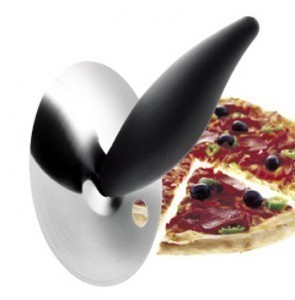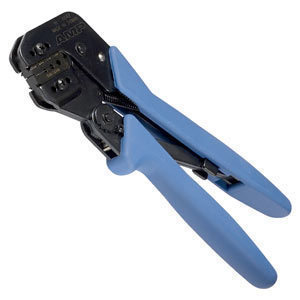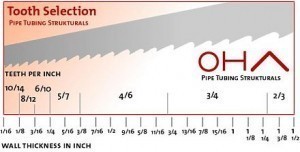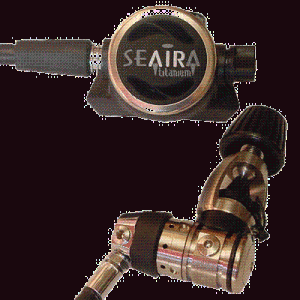Web Banner Dimensions
As the years went by, Web banner dimensions have  become more varied and diverse. However, the following measurements are the ones used most often.
become more varied and diverse. However, the following measurements are the ones used most often.
The Most Commonly Used Banner Sizes
The full banner measures 468 x 60 pixels while a full banner with a navigation bar comes in at 392 x 72 pixels. The half banner measures 234 x 60 and the vertical is 120 x 240 pixels. Buttons come in two dimensions: 120 x 90 and 120 x 60 pixels.
A rectangular banner measures 400 x 260 and 180 x 150 pixels. A medium sized rectangle is 300 x 250 pixels, while the vertical version is 240 x 400 pixels.
A big rectangular banner measures 336 x 280 pixels while the micro button and micro bar measures 88 x 31 pixels. The Web banner dimensions of some buttons are 80 x 15 pixels.
A square banner is 250 x 250 pixels while the square button is usually 125 x 125 pixels. For a half square banner, the measurement is usually 150 x 150 pixels.
The leaderboard measures 728 x 90 pixels and the head banner 745 x 100 pixels. There are two types of skyscraper banners: the skyscraper is 120 x 600 pixels while the wide skyscraper is 160 x 600 pixels. The half page or splitscreen is 300 x 600 pixels.
How Web Banners are Made
These can be made using a variety of ways: the simplest are constructed out of JPEG, GIF or PNG images. Others are made using JavaScript, Flash, Shockwave or other similar programs. Whatever the Web banner dimensions, most of them employ animation, sound or video to attract the computer user’s attention.
How Web Banners Work
First, the banner is placed on the Web page. The affiliates profit via the CPC or cost per click method. It works in the following way. A user goes to the site where the Web banner is displayed. They see the banner and click on it. This is known as a click through.
The advertiser keeps a log file of all the user clicks on the banner. When they see a user has clicked the banner and gone to their website, money is sent to the affiliate site. A large number of advertisers now rely on ad networks to put in their ads.
Regardless of the Web banner dimensions, the purpose of the ads is the same: to entice customers to patronize the product or service they’re providing.
Because more and more people are using the Net, companies are relying more and more on Web banners. Unlike traditional forms of advertising, online banners are cheaper to make. They also have the potential to reach more people.
Most users are accustomed to seeing Web banners on the site they visit. However some banners pop up in their own windows the moment the reference website is loaded.
In some cases, the pop up ad loads before the website itself. Today all the popular Web browsers have built in pop up blockers regardless of the Web banner dimensions.
